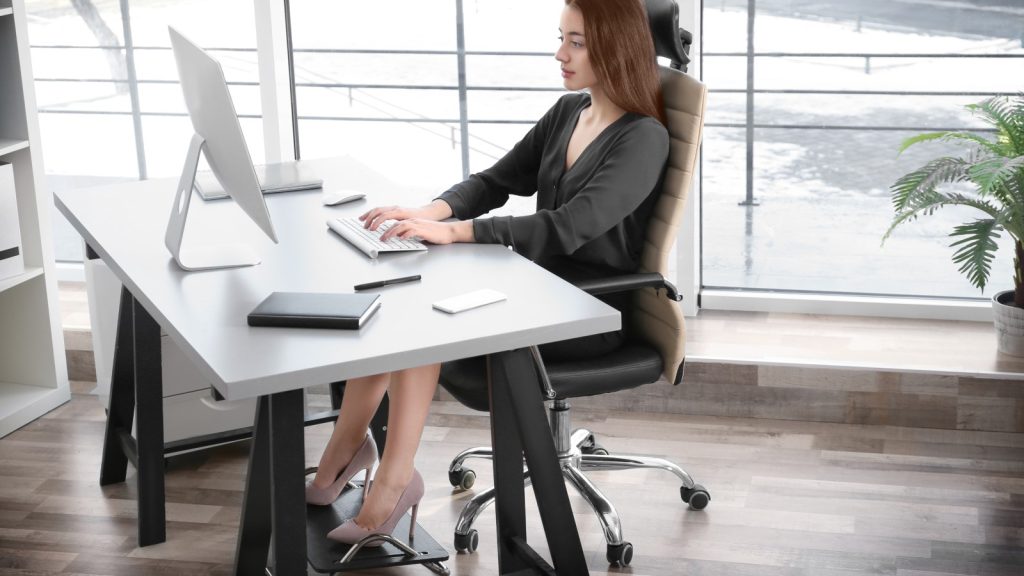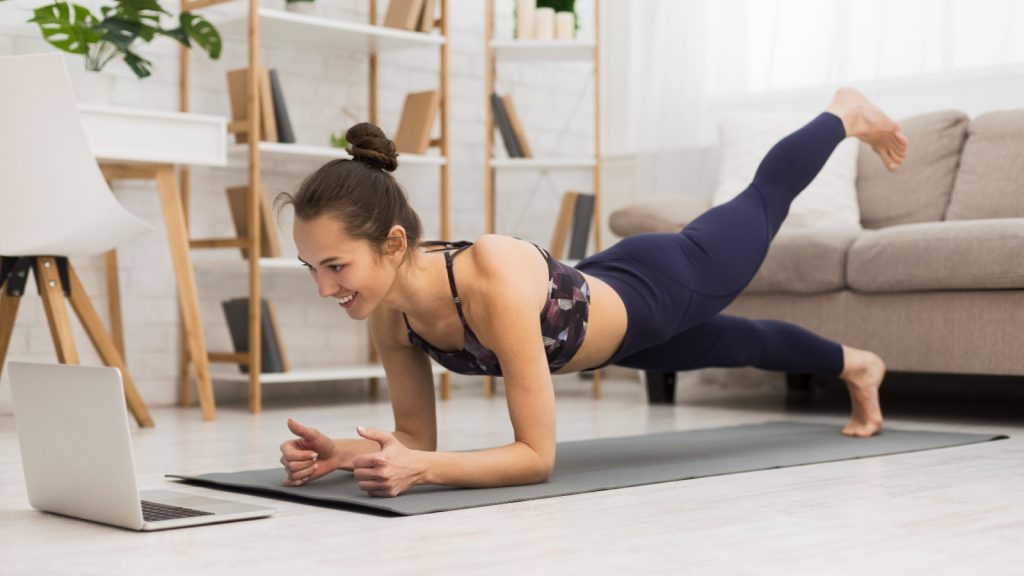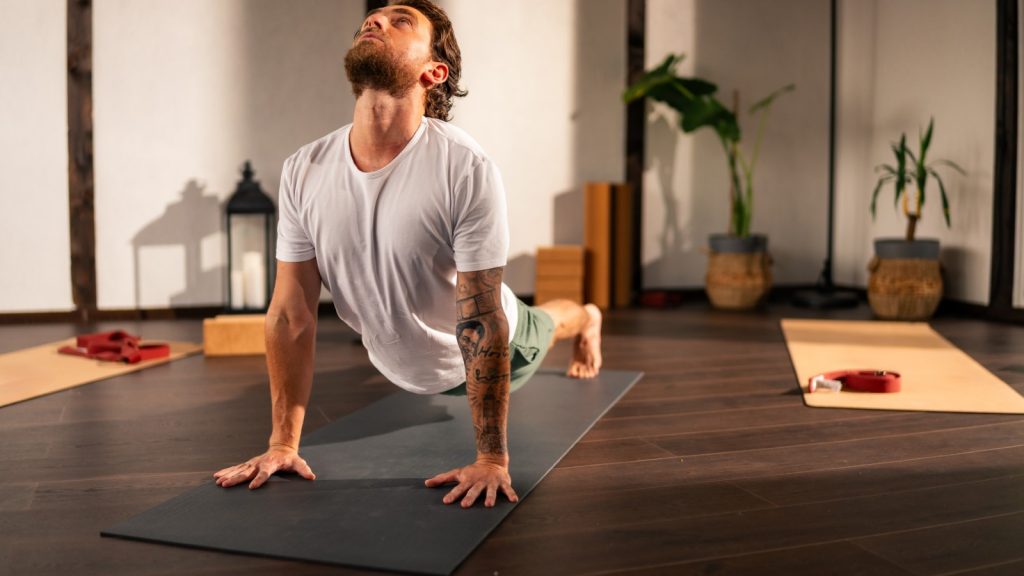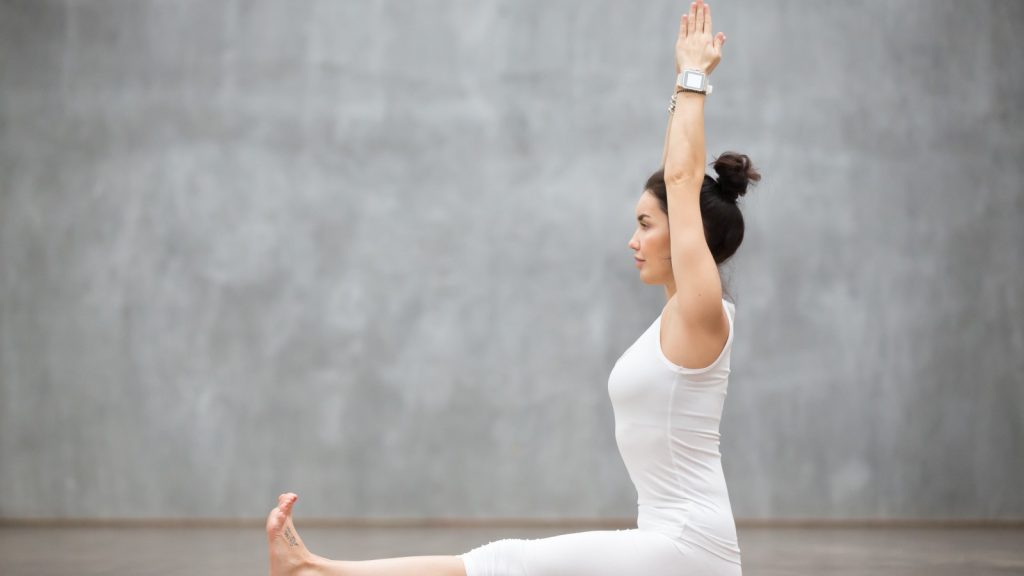Improving your posture might sound like a small adjustment, but it can make a huge difference to how you feel day to day. Poor posture is often a major cause of back pain, especially for those of us who sit at desks, work on computers, or spend long hours commuting. Good posture isn’t just about standing or sitting up straight; it also involves developing habits and small adjustments that keep your spine healthy and reduce strain on your muscles. Even better, most of these tricks are simple changes that anyone can start doing right away. Here are twelve effective ways to improve your posture and lessen back pain, so you can feel more comfortable and energised throughout the day.
1. Practice Sitting Up Straight

Sitting upright may seem obvious, but many of us slump without realising. To get it right, sit with your feet flat on the ground, knees bent at a right angle, and keep your back against the chair. This alignment helps support the spine and reduces pressure on your lower back. Making this a habit can make a huge difference over time.
2. Try the “90-90” Sitting Rule

For an ergonomic sitting position, aim for a 90-degree bend in your knees and hips. This angle keeps your lower back in a neutral position and helps prevent slouching. Adjust your chair height and position so that your feet rest flat on the floor and your knees aren’t too high or too low.
3. Keep Your Shoulders Relaxed and Down

Tension in your shoulders often leads to neck and back strain. Focus on keeping your shoulders down and relaxed, not raised toward your ears. This simple adjustment relieves tension and can improve both posture and comfort, especially if you’re at a desk for long periods.
4. Take Regular Breaks to Move

Sitting for hours on end can tighten muscles and lead to poor posture. Set a reminder to stand up and stretch every 30 minutes. Even a quick walk around your space loosens muscles, encourages blood flow, and gives your back a break from sitting.
5. Use a Supportive Chair

Your chair has a big impact on your posture. Look for one with good lumbar support, or add a cushion if yours lacks it. A supportive chair encourages your spine’s natural curve and reduces the risk of slouching or rounding your back.
6. Align Your Computer Screen at Eye Level

Looking down or up at a computer screen can strain your neck and upper back. Place your screen at eye level, or slightly below, so you can look straight ahead comfortably. This small change reduces neck strain and helps keep your spine aligned.
7. Stretch Your Chest and Shoulders Daily

Over time, tight chest and shoulder muscles can pull your upper body forward, affecting your posture. Try simple stretches, like doorway stretches, to open up your chest and relax these muscles. Making this a daily habit can help counteract the effects of sitting.
8. Strengthen Your Core Muscles

Your core muscles support your spine and play a big role in posture. Exercises like planks, bridges, and other core work help keep your spine in a healthy position. A strong core stabilises your posture and reduces the strain on your back and shoulders.
9. Sleep with Supportive Pillows

Your sleeping position impacts your posture more than you might think. If you sleep on your back, use a pillow that supports the natural curve of your neck. For side sleepers, consider placing a pillow between your knees to align your hips and lower back.
10. Avoid Crossing Your Legs While Sitting

Crossing your legs can misalign your hips and twist your spine over time. Instead, keep both feet flat on the floor to promote better alignment. This small change helps maintain your spine’s natural alignment and reduces hip tension.
11. Stand with Your Weight Evenly Distributed

When standing, many of us lean on one leg, which can lead to hip and back pain. Try to stand with your weight evenly balanced on both feet, keeping your shoulders relaxed and your hips aligned. This helps keep your spine straight and prevents unnecessary strain.
12. Try Yoga or Pilates for Better Posture

Both yoga and Pilates are excellent for building core strength, flexibility, and posture awareness. Many poses specifically target posture-related muscles, helping to relieve tension and strengthen your spine. A regular practice can greatly improve your posture over time.
Ellen has been obsessed with logic puzzles, jigsaws, and cryptograms since she was a kid. After learning she was taught how to play chess wrong by a family friend (so they could win), she joined her school chess club and the rest is history.


